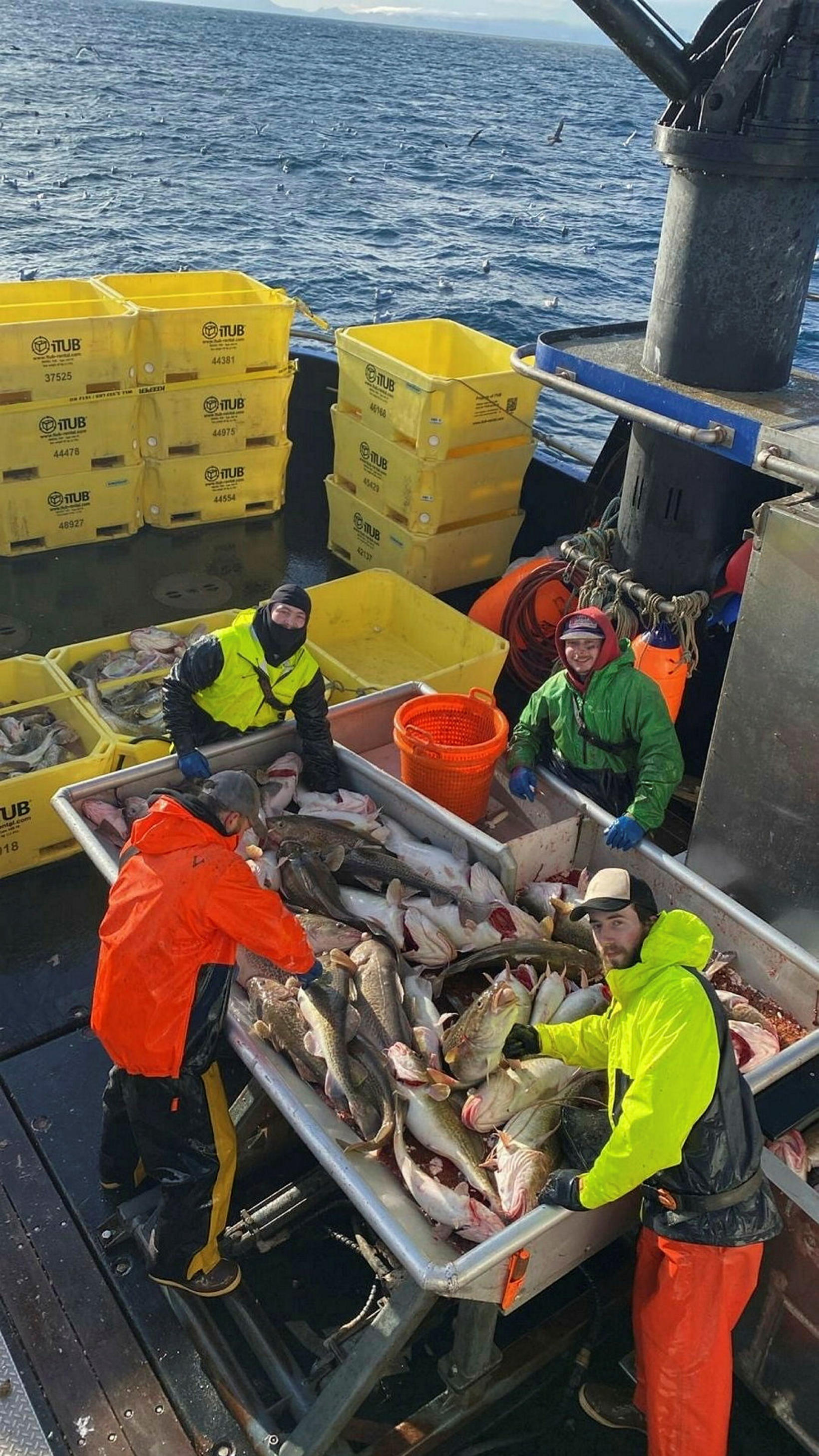Church Forest Investigation about to fall

The Swedish Church is the country’s fifth largest forest owner. For several years, a debate has collapsed about how the church’s forests should be used. Many members have wanted to see a change in calving use and increased consideration for climate and the environment.
The result was that the church meeting – the Swedish Church’s highest decision -making body, whose members are elected by the Church More than 5.5 million members – Added one investigation About how its forestry could become more ecologically, socially and spiritually sustainable. Göran Enander, former Director General of the Forest Agency, was appointed investigator. On September 25 last year, he presented his proposals.
Inter alia If 20 percent of the church’s forest area would be allocated for biodiversity and 33 percent be converted to a more gentle, natural forestry. The trees would also be allowed to grow longer before harvesting, so that they can store more coal and make greater climate benefit.
Now DN can reveal that large parts of the investigator Enander’s proposal appear to fall. In a leaked document, a service statement, it appears that the draft decision that is now on the table in some parts also means weaker environmental protection than is currently prevailing.
In the case of biodiversity, a reduction in ambitions is proposed. Instead of « explicitly stating that biodiversity should be safeguarded in the administration » as the Enander investigation states – it is proposed in the letter that the church should « have good compliance with the Environmental Code and the Forest Conservation Act ».
Leif Öster is forest expert And a chronicler at the online magazine Super Environment Blog. He has worked for a long time in the industry, including as Head of Information for State Sveaskog. He has read the leaked document.
– This is extremely provocative. According to current forest policy, a forest owner must take a much greater account of environment and nature conservation than the law requires. It is purely tram to talk about « compliance with the law » and it is actually a lower ambition even compared to the one that the Swedish Church has today.

In spite of the church’s forest investigator Had a comprehensive dialogue with a number of stakeholders – the investigation that suggested greater environmental considerations as a bomb when it was presented last fall. The primary argument of the critics was that the church’s financial losses would be significantly greater than the SEK 100 million per year that Enander’s forest investigation talks about.
The super environment blog Has examined in several articles how a semi -church body with great influence over forestry, the cooperation body of the property administrations, Enso, ordered its own « shadow investigations » from the Swedish University of Agriculture, SLU.
SLU’s researchers first said no to doing the analyzes, something The echo has told us before. But after pressure from a high -ranking service person within the church, where it was pointed out that the church finances research for SLU and assist with land for the university’s attempts, they changed. DN has taken part in the e -mail, as an expert for Ekot described as an « unspoken threat ».

Investigator Göran Enander has previously commented The shadow investigations like this to DN:
– During my 40 years in the service of the public, I have never before been involved in the fact that some who are particularly affected by the investigation, and who are part of a larger organization, order their own investigations in order to influence the referral bodies. It is unique and short -circuits the entire referral procedure.

Sverker Molander, professor of environmental systems and risk at Chalmers and active member of the Swedish Church, is critical of the alternative analyzes.
– The reports were ordered to disprove the forest investigation. Although they present very uncertain figures, they were made the public to influence those who were not so well versed but who have great respect for the diocesan hunters and the forest management, he tells DN.
The referrals have now been compiled At the church office in Uppsala and the counter campaign seems to have had an effect: more than half of the pins refer to the shadow investigations in their answers. One of the pins – Gothenburg – published one of the shadow investigations on its website, without the official forest investigation being read in the same place.
And in the leaked documents that DN has taken part in, large parts of Enander’s proposal are gone.

Three officials at the Church Office stand as an administrator in the document. One of them is Magnus Niklasson, the church’s central adviser on forest issues. He has an almost 20 -year background as an employee of the Forest Industries interest organizations and LRF Skogsägarna.
He has been part of a group that – without informing the Church’s highest leadership – ordered one of the shadow investigations after Enander’s investigation, something that The super environment blog previously revealed.
Magnus Niklasson writes in a comment on DN: « Our preparation within the church office takes place in broad collaboration between different skills, which provides good conditions for a knowledge -based management. »
Now DN can tell The fact that Magnus Niklasson also in the Environmental Goal Committee has been critical of proposals to protect Sweden’s remaining natural forests.
In his role as the Church’s forest adviser, Magnus Niklasson was one of the environmental goals of the Environmental Goal’s invited experts. Through another leaked document, DN has been able to take part in the comments he submitted on the Environmental Goal Committee’s original proposal to protect origin and natural forests.
There he writes that the EU’s concept for natural forests – « Old Growth Forests » – should not be interpreted as natural forests, but as old forest. As DN Previously has noticed excludes this interpretation most of the remaining natural forests in Sweden – according to The final report of the Environmental Goal Committee At least two -thirds. The forest industries also mean to Old Growth Forests Should be interpreted as old forest.

Magnus Niklasson writes to DN that he thinks it is important to protect forests with high natural values.
« Of course, I have not counteracted this. In order to be able to work in a good and structured way to increase protection and create natural values, it is important with clear definitions and predictability in which forest is to be protected. My argument has been that the interpretation of the concept of natural forest that has been up for discussion is that it is therefore open for the forest. »
Investigator Göran Enander Have read the leaked service statement from the church office.
– The conclusion is that this working group wants you to do nothing in practice, and that the church should continue to operate an unsustainable forestry, he tells DN.
The future of the church’s forestry is now being decided through continued preparation at the office. On June 11, the Church Board is expected to adopt a document to be presented in September before the Church’s « Parliament », the church meeting. Final decision is expected from there in September.

Read more:
Full restructuring of the church’s forestry is proposed: « The forest should make climate benefit »
Big riot about the church’s forests – « It is tripped with numbers »









